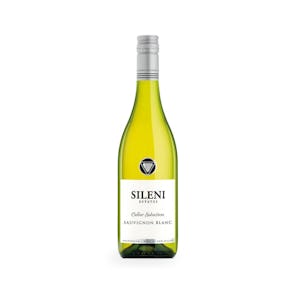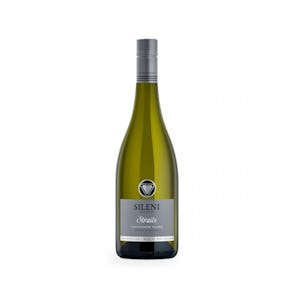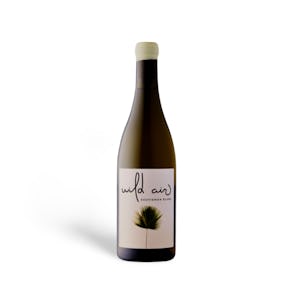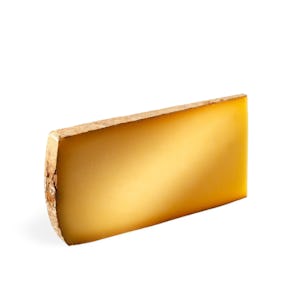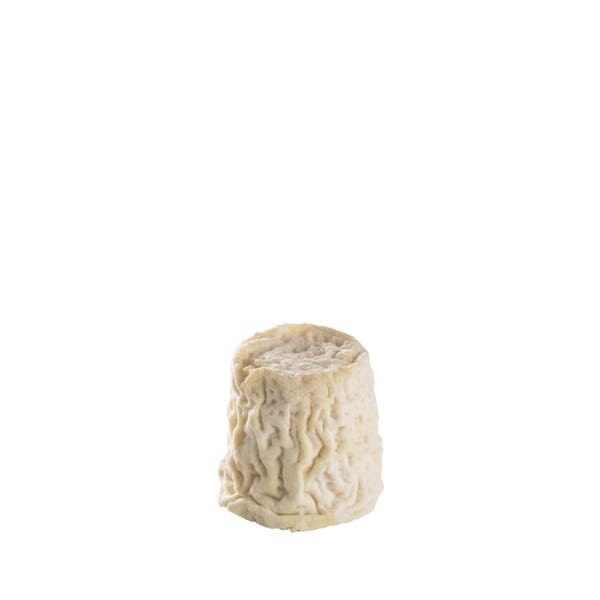
Chabichou du Poitou
A tiny tower of tastiness
Flown in fresh just for you
This product is on preorder and the next shipment is scheduled to arrive on Tuesday Jan 27 , 2026. Your delivery will be dispatched as soon as the product arrives.
TASTING NOTES FROM THE CURATOR
A semi-soft chevre, this cheese is made in the Poitou-Charentes region in France. It has a white, bloomy rind, and velvety, spreadable texture. It comes in a truncated cylindrical shape, called a “bonde.”
It has a goaty aroma, and its flavor is sweet and delicate, with a salty, tangy hint. As it ages, its taste becomes more savory, nutty and robust. This PDO cheese is mainly produced by traditional farmers and retailers in the Poitou region, and usually sold locally, making it very hard to find elsewhere.
PREPARATION AND PAIRINGS
Discover how beautiful this gourmet cheese tastes by highlighting it on your cheese board. It pairs beautifully with a light white wine, like this Sauvignon Blanc from Sileni Estates. It also goes well with a good Champagne. We suggest this one from Pol Roger.
And because the Chabichou is spreadable, it’s also very excellent on bread. Spread some on your toast, and top with cherry tomato slices, and some basil leaves. Drizzle some olive oil over it, and season with a bit of salt and pepper. So good!
A SPECIAL HERD OF GOATS
When the Saracens were defeated in the 8th century, after the Battle of Poitiers, many of them settled in the area of Poitou-Charentes, and became goat herds. The pasture was excellent, and the goats thrived. The cheese made from their milk was eventually called “chabichou.” Chabichou du Poitou has held an AOC since 1990, and a PDO since 1996. The cheese is produced by only a few farmsteads and cheese retailers, and is sold locally.
Storage Instructions
Cheeses (except brined ones in jars) should be stored in the crisper or the butter drawer of a refrigerator, not on the shelves themselves. This is to help regulate their temperature and humidity levels—and prevents the formation of mold. Once opened, they should not be kept in their original packaging. Soft cheeses with delicate rinds need to breathe, so they are best placed in glass containers lined with paper towels to absorb extra moisture. Leave the lid open a tiny bit for air to circulate and don’t forget to write up a label with the date you first opened the package. Kindly pay attention to the best before date label when you receive your cheese. Consume prior to date indicated.

